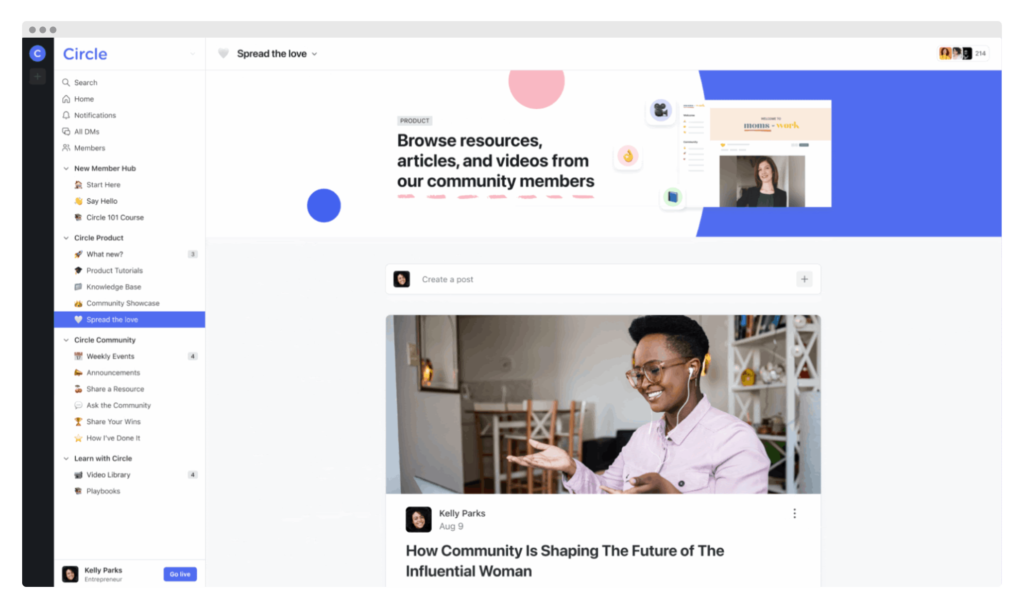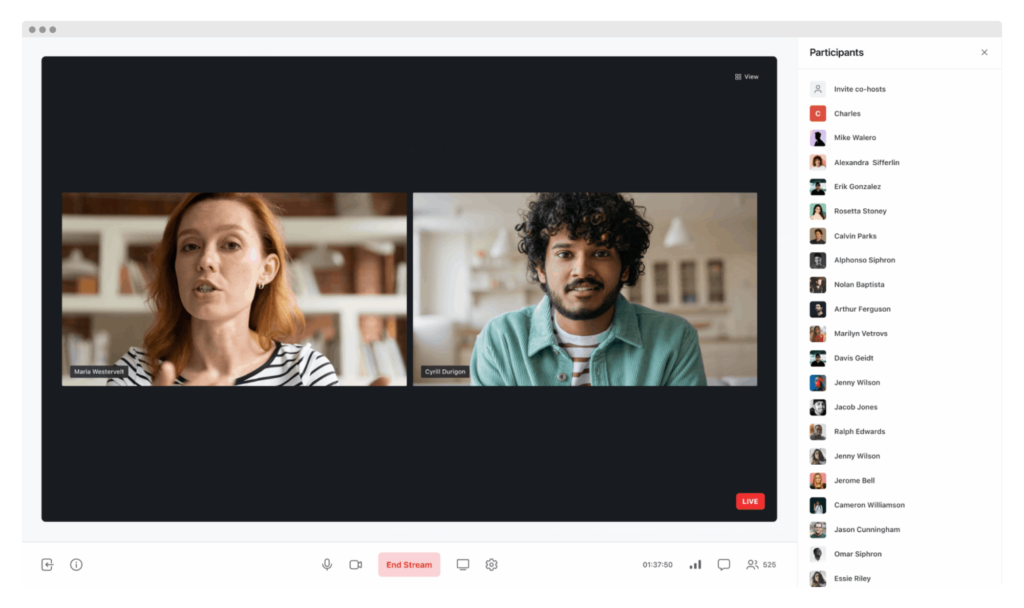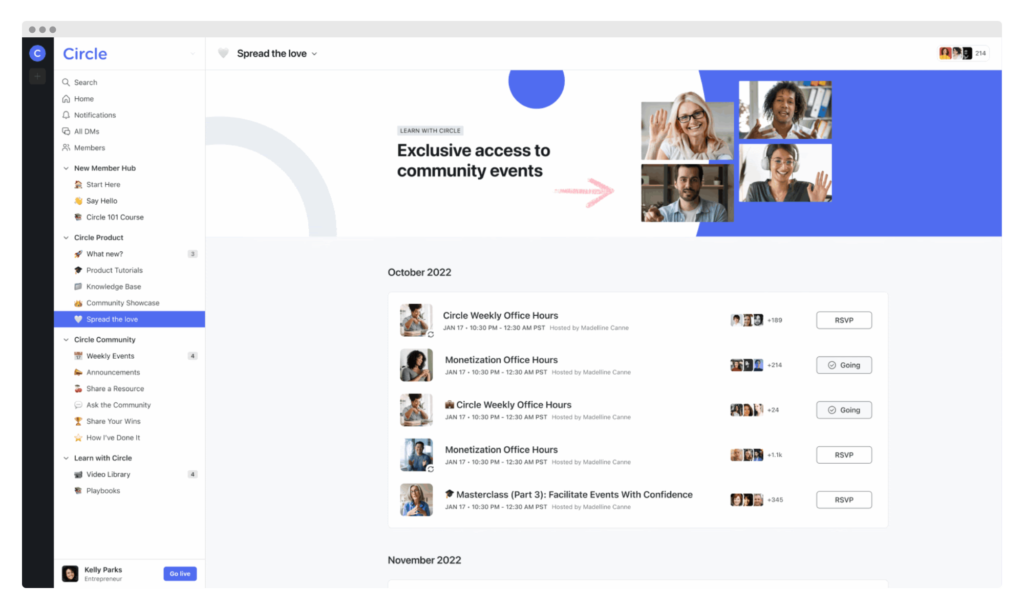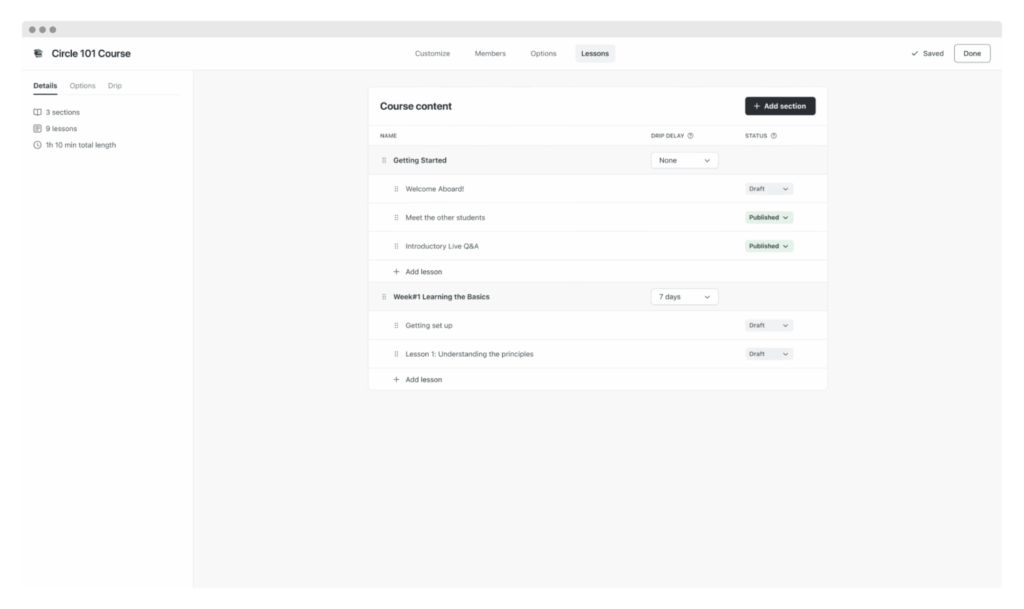Welcome to this edition of our interview series, where we talk to founders on a mission to help us achieve our creative ambitions without sacrificing our mental health.
Sid Yadav is the co-founder of Circle, the all-in-one community platform for creators, which brings together engaging discussions, members, live streams, chat, events, memberships, and online courses all in one place.
Circle is a fantastic tool to connect people together, foster collective intelligence, and build learning communities. This is the platform we have been using from day one for the Ness Labs community.
In this interview, we talked about the challenge with building meaningful online relationships, how to design engagement-driven experiences, why communities need to be cross-medium, jungle-gym versus ladder communities, and much more. Enjoy the read!
Hi Sid, thank you so much for agreeing to this interview. There are so many ways to connect with other people online, and yet it’s hard to build meaningful relationships. Why do you think we need more thoughtful communities?
First — I want to mention that I’m a big fan of Ness Labs and the work you do!
Internet forums have had a special place on the Internet since the earliest days. I remember getting into websites and programming through a forum called WebmasterWorld. Learning about servers, HTML/CSS, and SEO used to be so fun — and it was surreal to meet people from all over the world as you got to do it.
As we evolved into the world of social media, I think the web lost something for everything else that it gained. As you mentioned, it’s become tricky to build meaningful relationships online. The social media environment prefers quantity over quality and soundbites over depth, which leads to connections that are typically surface-level and ephemeral.
I’d love for there to be many more thoughtful communities on the web. The world needs more Ness Labs’! I feel like more people should get to know each other on the basis of shared interests and experiences; not because an algorithm wants a particular type of content to succeed.
What inspired you to build Circle?
I’ve been actively building tools in the creator space since 2014, when I was on the founding team of an online course platform called Teachable. When we first launched Teachable, we didn’t refer to our customers as “creators”, and it felt like we were on the cutting edge of empowering all these independent entrepreneurs to transform their knowledge into meaningful income.
After my stint at Teachable for 5 years, I re-grouped with my co-founders (both ex-Teachable) and we got thinking about what the next evolution of the creator and community ecosystem looks like. We thought about the disconnect there is between content-focused products like online courses, and engagement-focused experiences like a community. It slowly became apparent for us that human connections — engagement — is what it’s all about. It’s what a creator needs to unlock to have a sustainable and long-lasting business online.
That said, when we looked around us at some of the popular products for creators, we saw a lack of focus on the engagement aspect of building and monetizing your digital product. It eventually felt to us like a calling: we were uniquely poised given our experiences building and marketing products in this ecosystem to build the next evolution of what a community platform — and the next creator platform! — looks like.
And what makes Circle different?
To reiterate my point above, engagement-driven experiences are what make Circle unique. We’re big on our belief that we build an all-in-one platform for communities and give community builders the building blocks they need to make their vision come to life.
This means a few things, but primarily — it’s about blending asynchronous and synchronous paradigms; both of which are necessary to build a thriving community online. It means building a platform which is as good for asynchronous discussions as it is for live events and chat. And then on top of that, one which helps creators make money from the experiences they empower.
On a technical level, this means we need our software to be “better than most” at a wide variety of things: conversations, events, chat, payments, and so on. We also need it to be extensible and non-opinionated — which is why we’re big on the idea of giving our customers “building blocks” with their community spaces, as opposed to telling them exactly what to do. We’re about empowering their vision to bring their own digital experience to life.
But it’s challenging to recreate the same dynamics in online communities as in face-to-face communities.
Yes, totally. We experience this internally as a remote international company. While we love working together online, we realized after our first offsite that it’s pretty important we meet in person every six months or so. It’s just a completely different experience — one which the remote toolkit cannot replicate.
Communities are similar in that regard. For there to be a wholeness of belonging and connection, a thriving community ideally needs to be cross-medium: slow async conversations, weekly or monthly virtual rituals, in-person meetups, 1-1 DMs, learning about each other through the member directory and profiles — it’s all a part of the toolbelt! More tangibly, you can use our events feature to create and collect RSVPs for in-person events.
Is there a feature you’re particularly proud of?
The feature I’m most proud of is our baseline paradigm: when we started Circle, we didn’t see any platform with the concept of what we now call spaces and space groups. There were Slack channels, but those were limited to chat. So, we had to come up with a way to allow communities to structure their engagement areas across paradigms (posts, chat, events, courses).
We put a lot of thought into the product details of what a space would enable and how it would work with different types of spaces, permissioning, nesting, notifications, and so on. It’s one of those rare instances where most of our hunches have panned out — spaces allow structure to be both flexible and feature-rich while keeping the UI paradigm simple and digestible.
Over time, we’ve also made it so that you can create paywalls inside Circle to get a space or set of spaces with subscriptions, one-time payments, free trials, coupons, and upsells. I love the idea that a community should be a jungle-gym and not a ladder. We want to empower creators to build layered digital experiences on top of one and another instead of continuing to “sell products” to their audience.
One thing online creators often complain about is how hard it is to juggle lots of different tools. How does Circle address this problem?
We try to solve this in two ways. Firstly, we’re trying to build an all-in-one platform at its core, so we want to actually reduce the number of tools you need if you’re using Circle. For example, with the launch of event spaces on Circle, you no longer need a separate platform for events. With chat spaces, you don’t have to use Slack or Discord on top of Circle unless you really want to. With live streaming (and soon live rooms), you won’t need to use Zoom for your live events.
And the thing I’m most excited about — this is a bit of a teaser — is that we’re launching full-fledged online courses with Circle, so the idea is to prevent the need for a separate learning management system (LMS) platform.
I know it’s a lot! But we really believe the future community platform involves integrating multiple use-cases inside the community, instead of cobbling together a bunch of different products.
Second, we’re also pretty open to integrations and have been from day one. Circle was the first community platform to offer Single Sign-On integrations, and we launched with five different providers. We offered an embed widget from day one, so you can embed Circle on your own website. If you do have to use other platforms in conjunction with Circle, we’d like for that to be as painless as possible.
What kind of people are building communities with Circle?
I’ve seen a huge variety of communities — the long tail is pretty crazy whenever we look at the day. We’ve been very well adopted by content creators, online coaches, educators, bloggers, startups, and even VC firms. Really, it’s a great product for any creator or brand with an existing audience they’re looking to engage and (potentially) monetize more deeply.
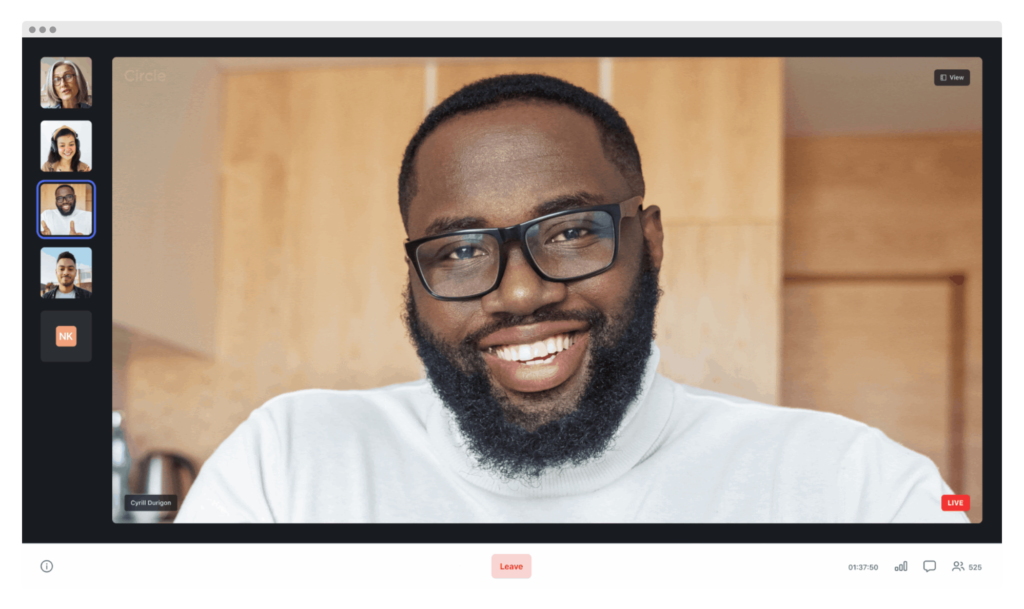
How do you recommend someone get started with Circle?
I suggest signing up for a trial and playing around with the product, and checking out some of the communities on our showcase page for inspiration. I also would think deeply about what you want to get out of a community platform like Circle. What are the possibilities we enable?
Once you dig into the product, the actions within the product are actually pretty simple: structure your spaces, invite your members, create ways for them to engage via prompts, start hosting some events, start customizing your weekly newsletter, and so on. That said, we believe in letting your goals drive your usage of the product instead of anyone (including us!) telling you exactly what to do.
What about you… How do you personally use Circle?
We run the Circle Community on Circle! For me as a founder, our community is really my go-to place for the sentiment of our customers, product feedback, and inspiration. So much of what happens in our community guides the way we build the product as a whole.
My favorite use of our customer community is for all the customer betas we run. When we launch a big new feature, we open up a private space for all the beta testers and let them have at it with product feedback. We find that this keeps things very transparent between our customers and our team members — our engineers are often in there looking at every piece of feedback and responding to customers directly.
The feedback loop is really amazing and keeps us motivated to continue to strive for a better product. In fact, I’m not sure how anyone does it any other way with new product releases.
And finally… What’s next for Circle?
Our mission is to empower creators and brands to build deeply engaging and monetizable communities. Everything we work on has a thread of “will this help members engage more?” or “will this help the creator make more money?”.
Something I’m really excited about this year is that we’ve invested heavily in branching out of discussions and comments and into events, live, and very soon, online courses. We’re making a big push to be that all-in-one platform for your needs, and continue to get better at each aspect of the all-in-one part. Better payments, better discussions, better chat, better events, better courses!
Also, I’m very excited about the upcoming launch of our Android app given the data (about half of our mobile traffic comes from Android).
Thank you so much for your time, both of you! Where can people learn more about Circle and give it a try?
You can try Circle at circle.so. I also tweet occasionally about my experiences in building the company. Thanks for the chat!

